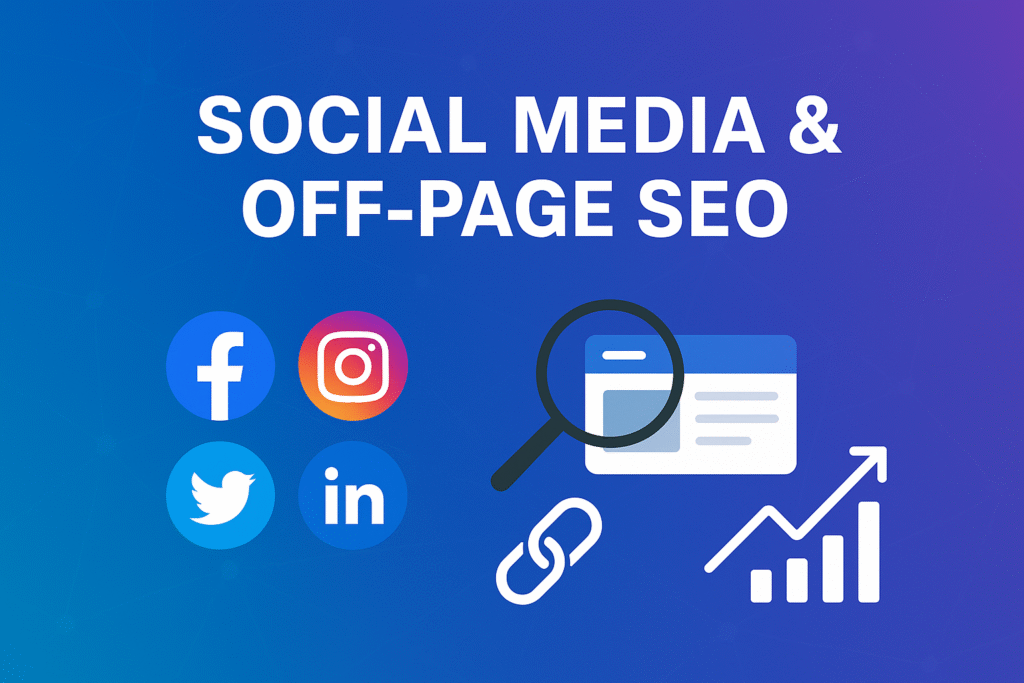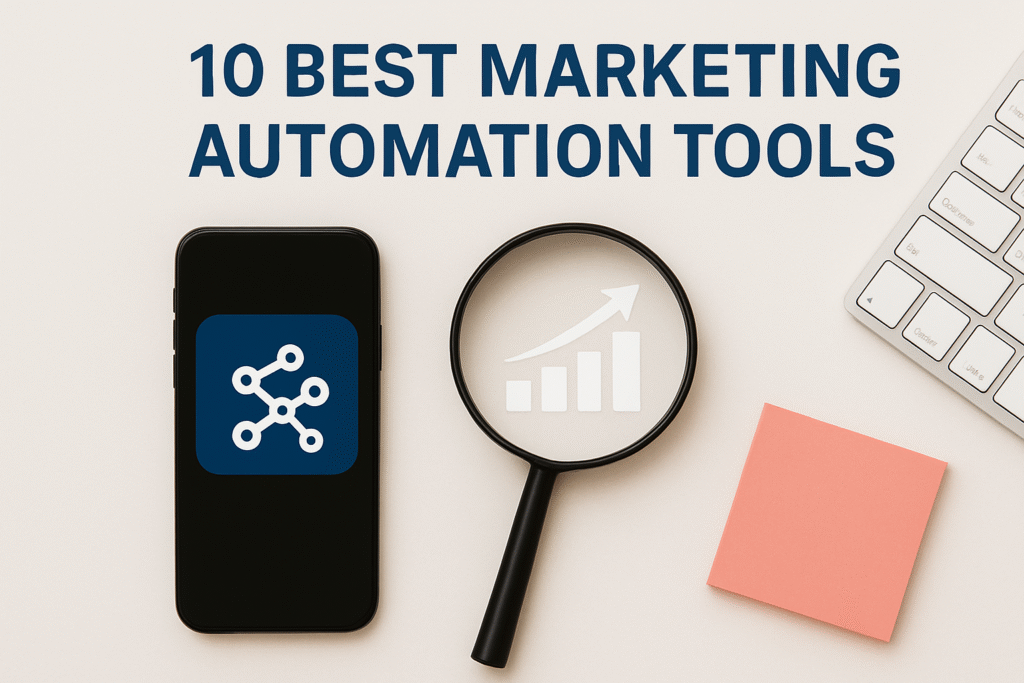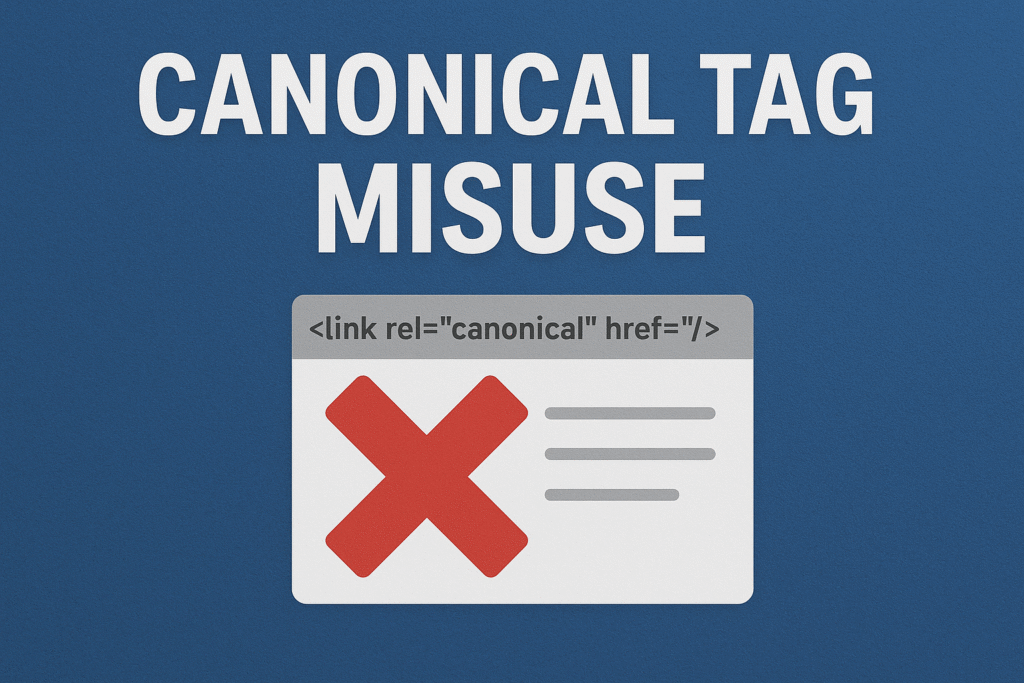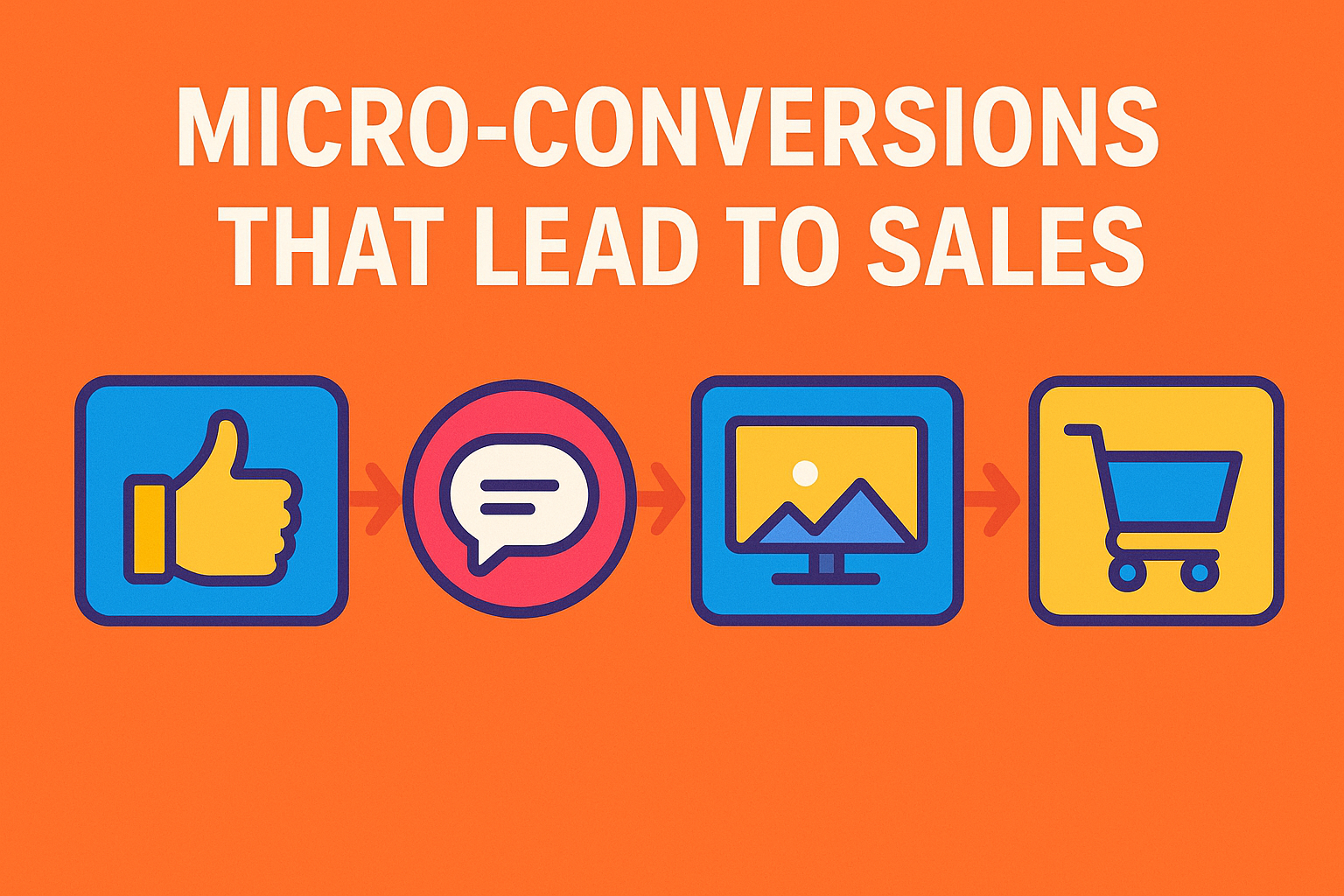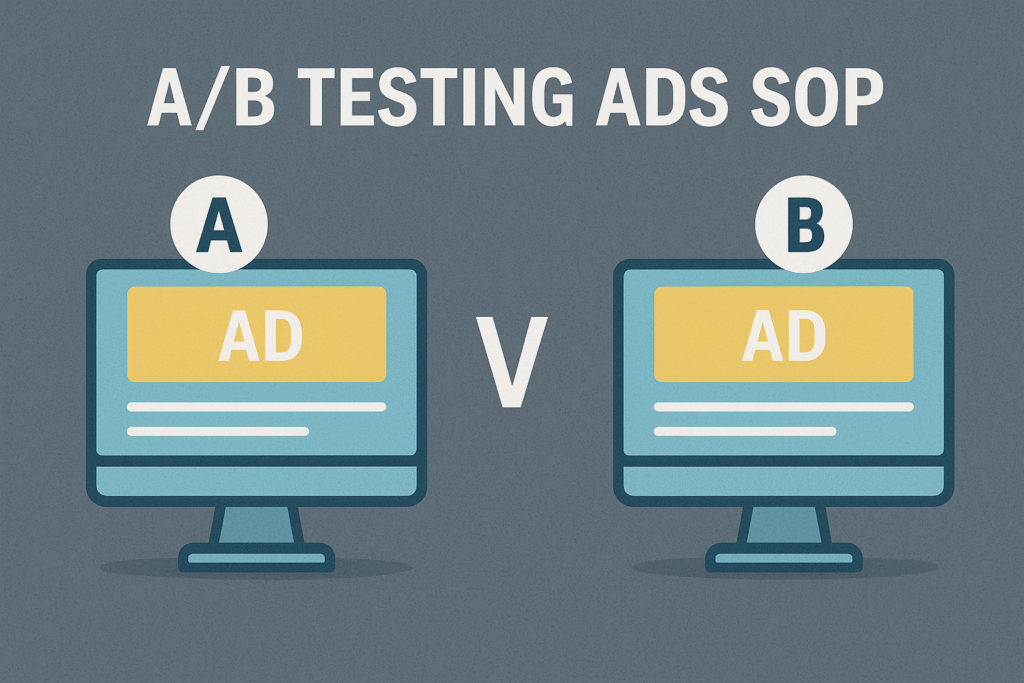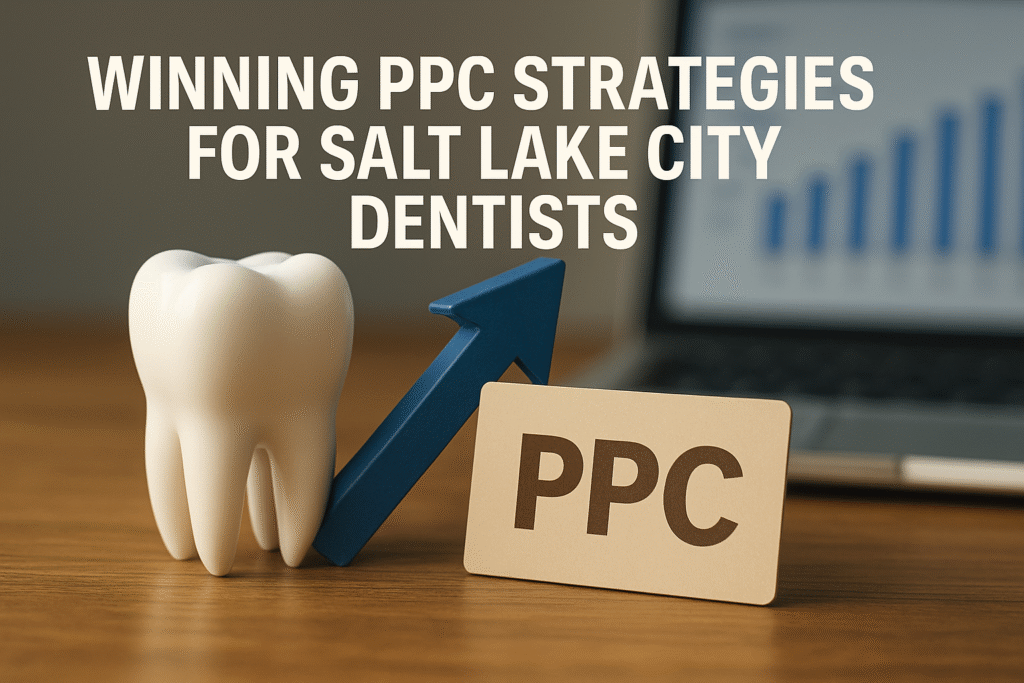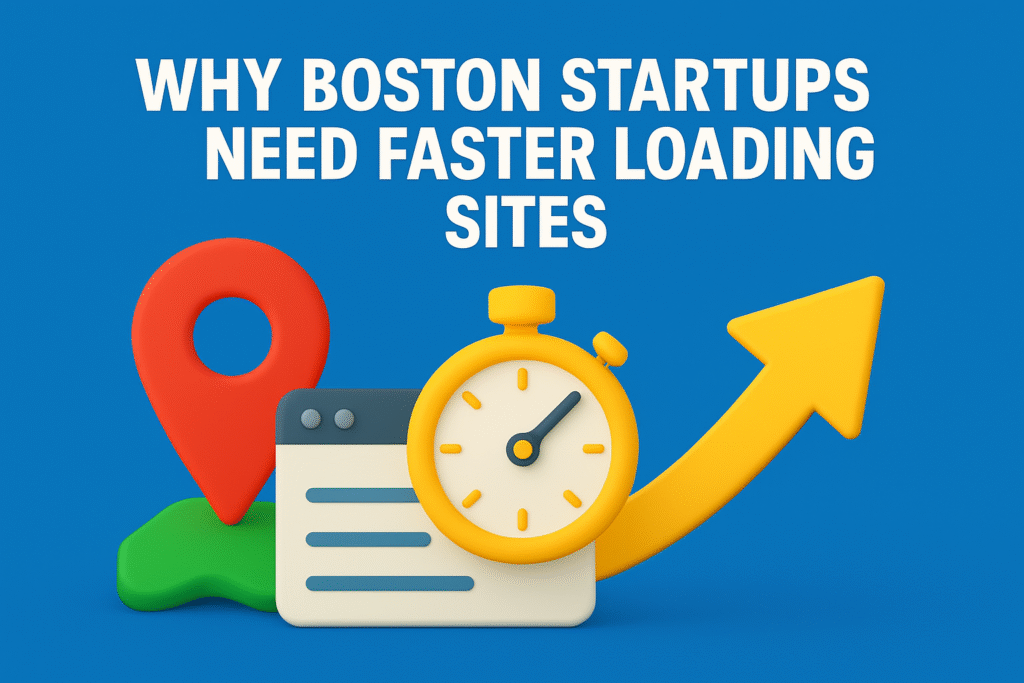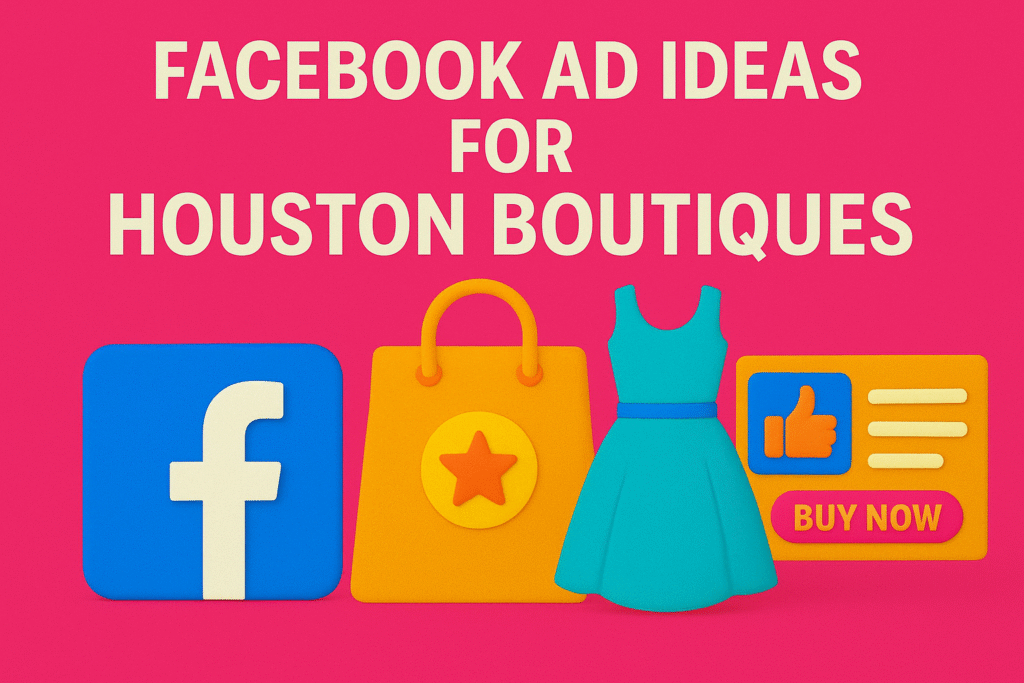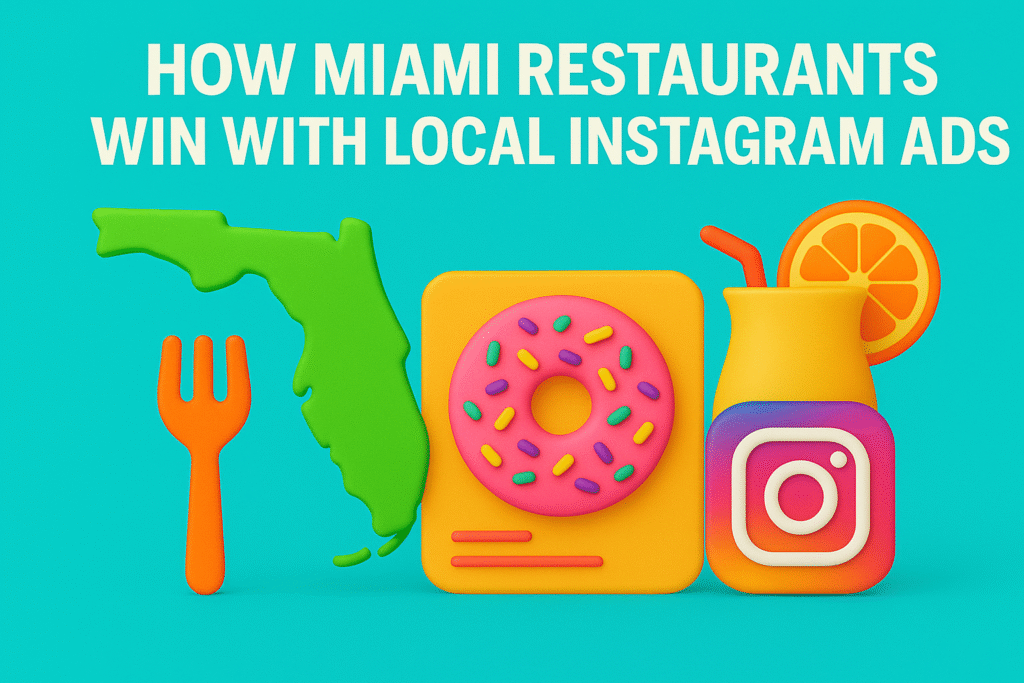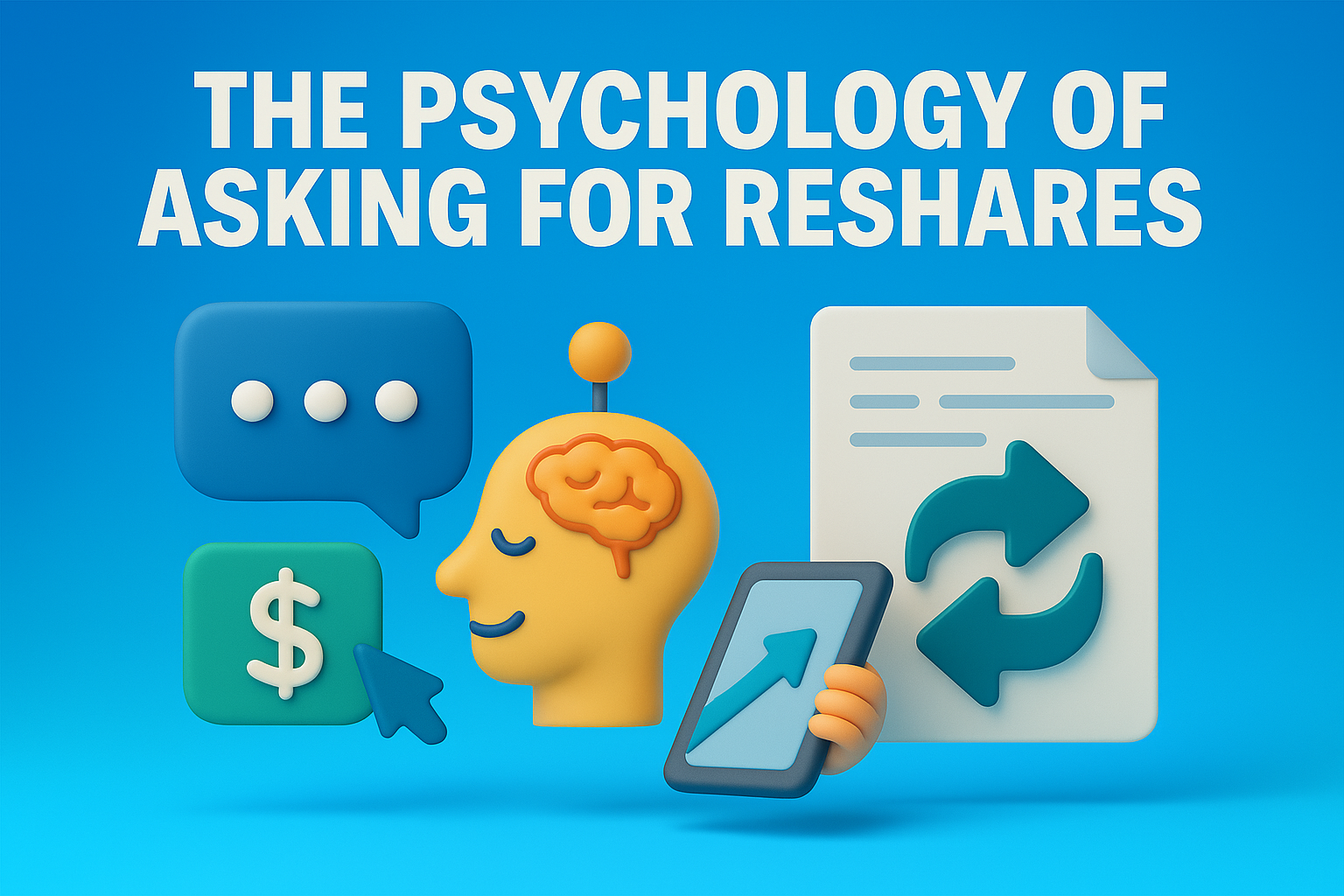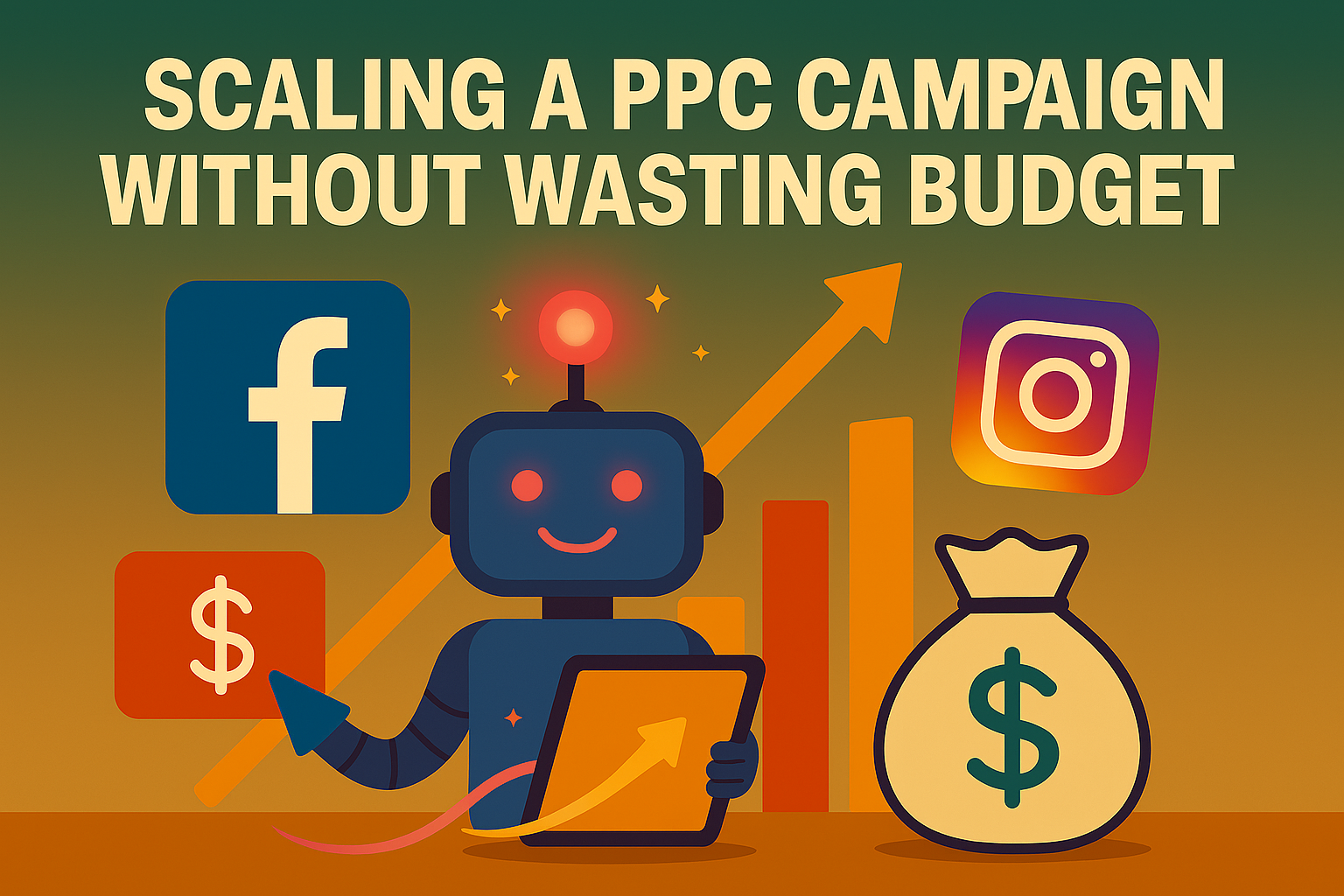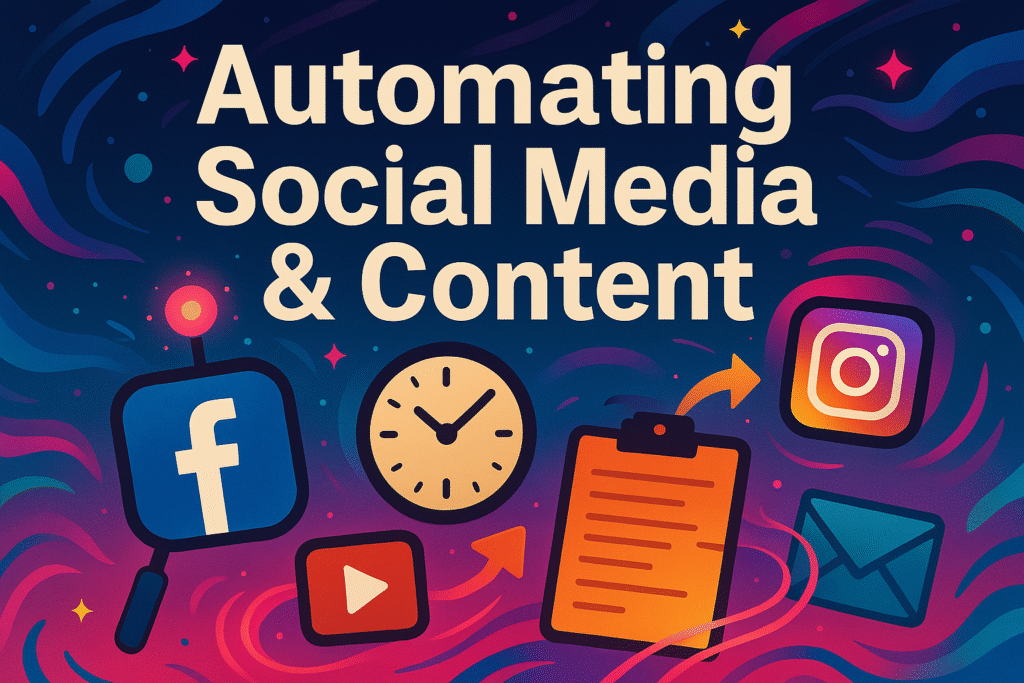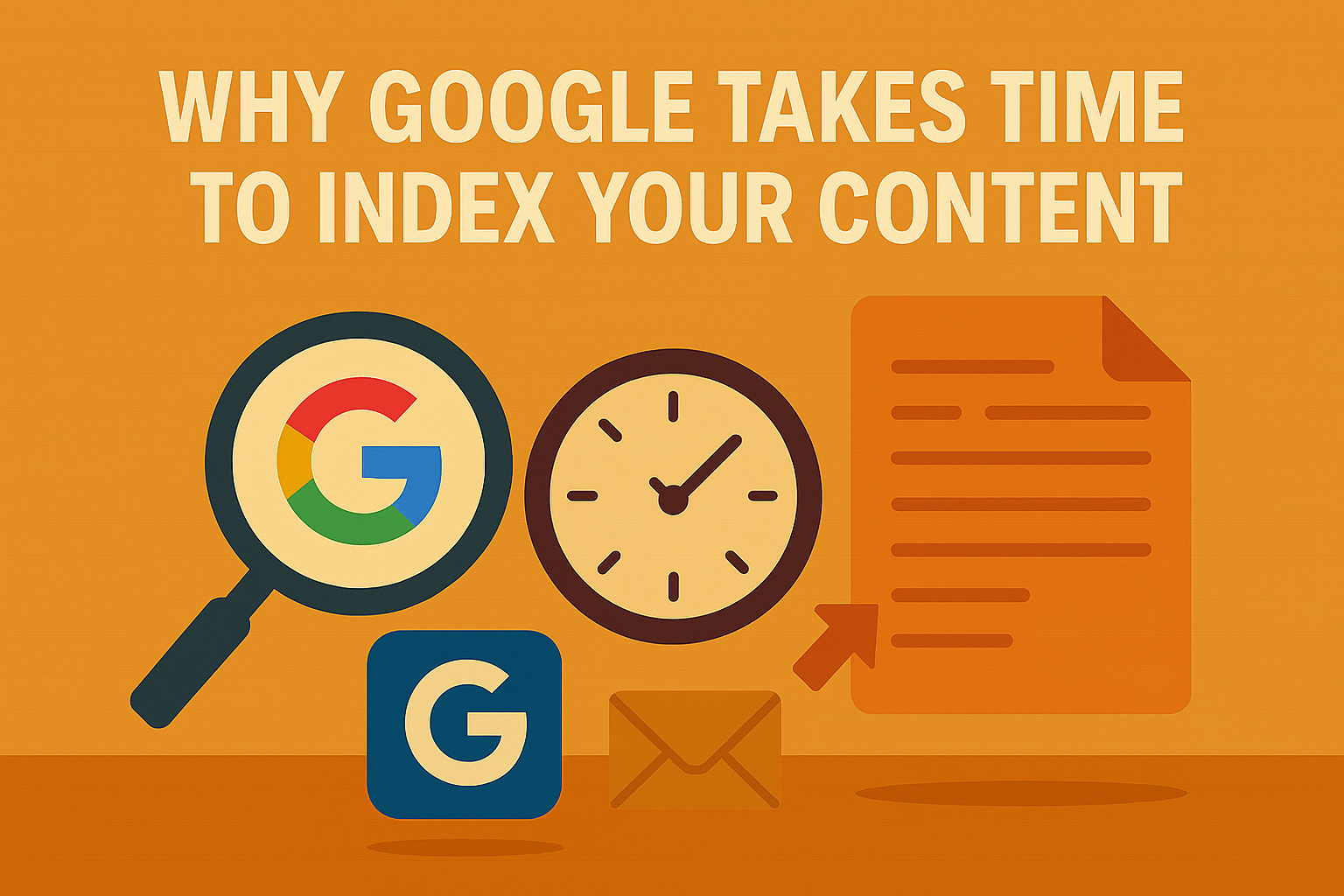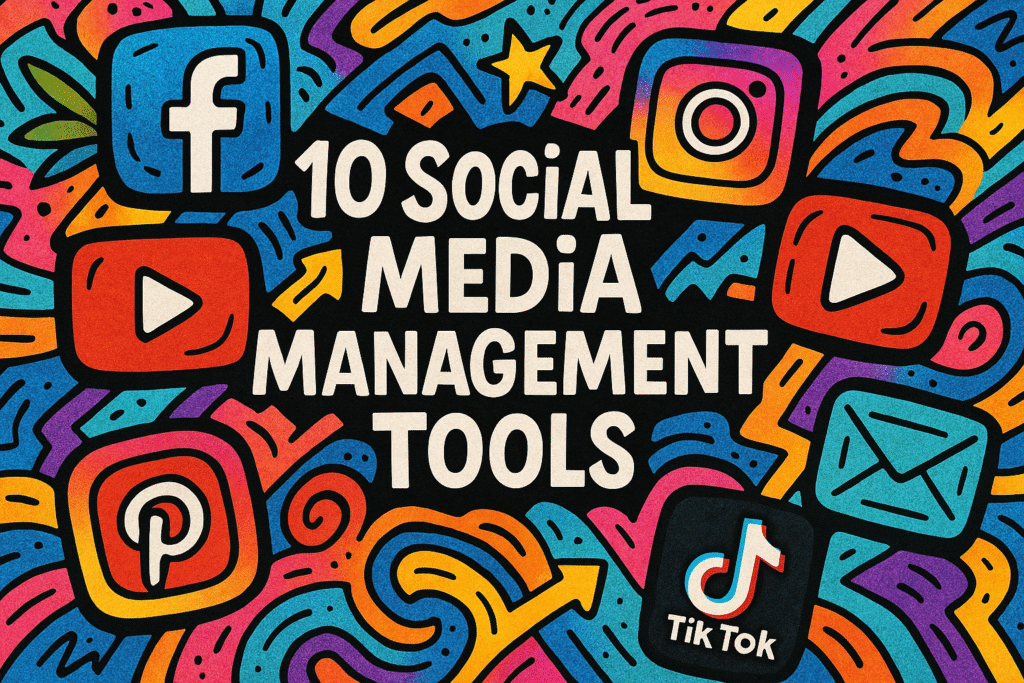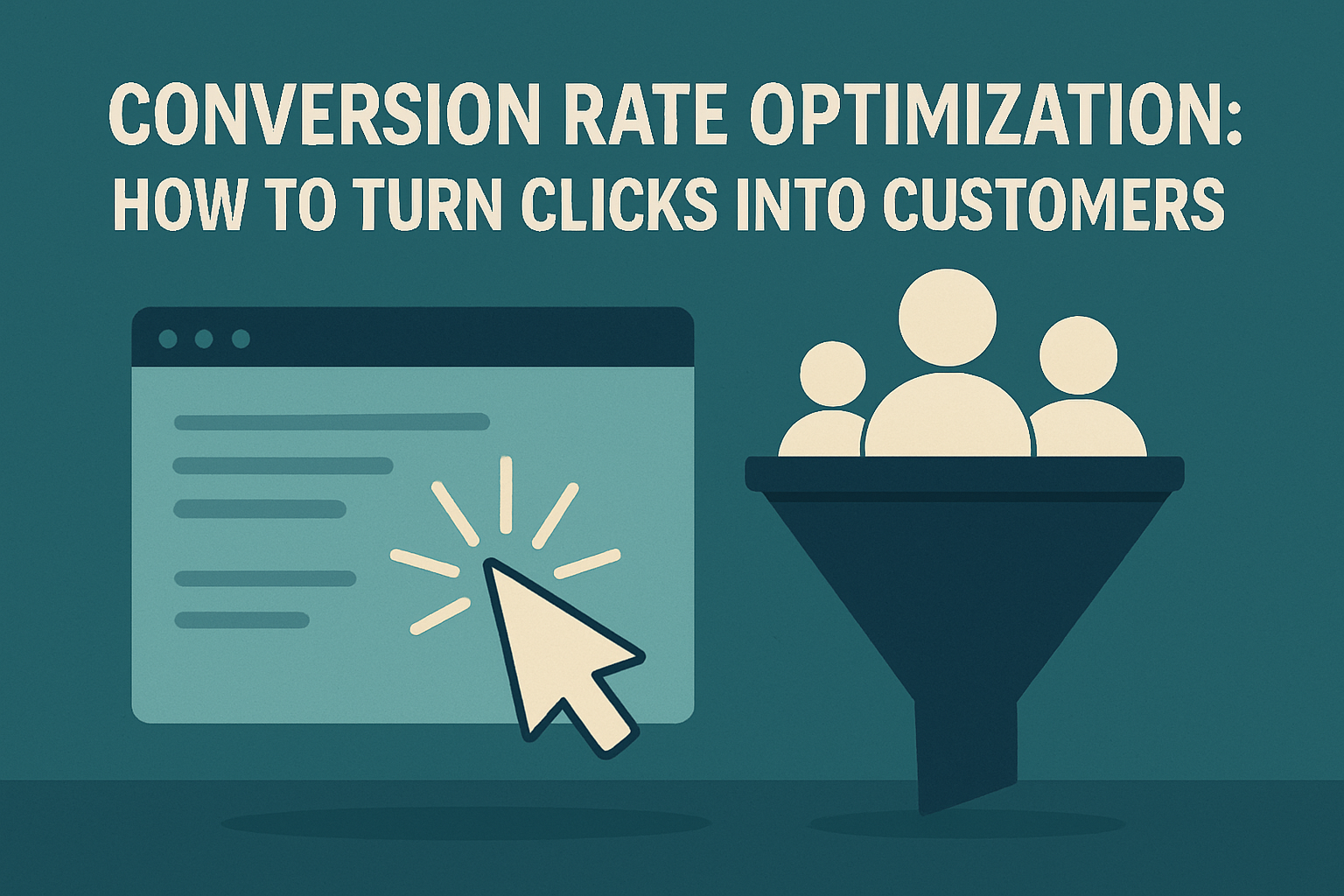Using a Google SMART Pay-Per-Click (PPC) campaign can help you attract visitors and potential customers to your business. SMART campaigns are created to make the PPC process more straightforward and allow businesses to make ads that work effectively and achieve good outcomes.
What is Google SMART Add campaign?
Google Smart Campaigns simplify and automate the complicated and time-consuming processes involved in traditional Google Ads, which makes pay-per-click (PPC) advertising a breeze. It’s like having training wheels for your PPC campaigns, which helps small businesses get noticed at the top of search results without requiring technical or marketing knowledge, or extensive research and bidding. In just 15 minutes, anyone can create a PPC ad on Google and market their products and services, just like large corporations. Here are some tips for running a successful Google SMART PPC campaign:
This article will provide advice and strategies for executing a prosperous Google SMART PPC campaign.
- Set Clear Goal
Before starting any digital marketing campaign, such as Google Ads, it’s crucial to set practical goals. When operating pay-per-click (PPC) ads, it’s essential to identify what results you aim to attain. These could include generating more potential customers, improving sales, or increasing your click-through rate (CTR). By defining objectives for your campaign, you can concentrate on what you want to achieve, and it’s the first step toward becoming skilled in Google Ads.
- Identify your Target Audience
Recognizing your intended audience is a crucial part of your Google Ads campaign. It’s vital to know who will view your ads since they are designed to connect with your target audience. Thus, it’s necessary to identify your target audience before crafting your ads.
To find out your target audience, begin by imagining your ideal customer. Several businesses create characters to embody different segments of their target audience. These characters assist in developing campaigns that resonate with those particular groups.
Think about the habits of your ideal customer: When do they surf the web, what gadgets do they use to search, and what are they looking for? Answering these questions will aid you in identifying your PPC ad’s intended audience. After identifying your target audience, you can design Google Ads campaigns that meet their requirements and preferences.
- Choose the Right Keywords
Pay-per-click (PPC) ads operate by utilizing keywords that trigger the display of your ad in search results. When using Google Ads, it’s crucial to select the relevant keywords for your campaign. This involves conducting keyword research using various tools.
To get the best outcomes, it’s suggested to concentrate on long-tail keywords, which are phrases consisting of three or more words. These keywords usually attract higher-quality traffic to your campaign because they’re more specific and appeal to potential customers who seek the most relevant information. Analyzing and using long-tail keywords can result in a higher number of sales or leads for your company.
- Create Effective Advertisement
For a prosperous advertising campaign with Google Ads, it’s essential to design effective ads that inspire your audience to click on them. This involves adding appropriate keywords to your ad text and creating an attention-grabbing headline. Additionally, including a call to action (CTA) will urge your audience to take the next step and become paying customers.
By integrating these components, you can create improved ads that catch the interest of potential customers and generate more clicks. After ensuring that your ad follows Google Ads’ rules and is not prone to disapproval, it can be launched.
- Establish a Budget
When creating a Google Ads campaign, it’s crucial to set a budget that determines how long the campaign will run and how many leads it can acquire. One helpful tip for Google Ads is that you can run a campaign with any budget, regardless of whether it’s $100 or $10,000, depending on your financial capacity. When deciding on your budget, it’s important to consider your maximum bid, which is the highest amount you’re willing to pay for each click on your ad.
Your maximum bid is the most you are willing to pay for a click on your ad, and it can be changed anytime. To figure out how many clicks you can receive before reaching your budget limit, you need to take your maximum bid into account. For example, if your budget is $100 and your maximum bid is $1, you can get up to 100 clicks before running out of funds. Similarly, if your budget is $1,000, you can get 1,000 clicks at $1 per click. It’s important to note that Google Ads operates on a pay-per-click system and not on impressions.
- Create Compelling Ad Copy
The words that appear in your ad when it appears on people’s screens are called ad copy. To get people to click on your ad, it’s important to create interesting ad copy that grabs their attention. Keep your ad copy brief, direct, and clear. Emphasize what makes your product or service different and use powerful calls-to-action (CTAs) to motivate people to act.
- Use High-Quality Images
Pictures are a crucial element of your advertisement. Select good-quality pictures that are suitable for your product or service. Your images should be aesthetically pleasing and catch the viewer’s attention. Avoid using stock images since they can make your ad appear unoriginal and generic.
- Refresh your Landing Page
When you make a PPC ad in Google Ads, you’re directing your potential customers to a particular webpage each time they click on your ad’s link. It’s crucial to ensure that the page you’re directing them to is current and relevant, whether it’s your homepage or a product page. Sending your audience to out-of-date pages could cause them to lose interest in doing business with you.
To maintain the interest of your potential customers, it’s important to update your website on a regular basis. This may involve hiring professionals to design your website or using different design tools to update it yourself. Using the right landing page for your ad is also crucial. If your potential customers have to search through your website to find what they need, they might leave and choose your competitor instead. To avoid this, it’s best to direct them to the appropriate landing page for the product or service you’re advertising. This will increase the chances of success for your Google Ads campaign.
- Leverage Remarketing to Enhance Conversions
Google Ads campaigns often bring in potential customers who may not make an immediate purchase. These leads may click on your ad or visit your website but may not buy anything right away. But this doesn’t necessarily mean that they won’t convert in the future. Some customers take their time to make a purchase decision.
To avoid losing potential customers who didn’t purchase immediately, you can use remarketing campaigns to remind them of your brand. With remarketing, you can create a campaign that shows ads for the products or services they previously viewed. This helps keep your brand in their minds and keeps them engaged with your business. Remarketing campaigns can help recover lost leads and increase conversions for your Google Ads campaign.
- Monitor your Campaign Performance
It’s important to keep track of how well your Google Ads campaign is performing to make sure it’s successful. Look at metrics like click-through rate (CTR), conversion rate, and cost per click (CPC) to evaluate the campaign’s effectiveness. Based on this information, you can modify your ad copy, keywords, and targeting to optimize your campaign.









